SUMMARY
This is AI generated summarization, which may have errors. For context, always refer to the full article.
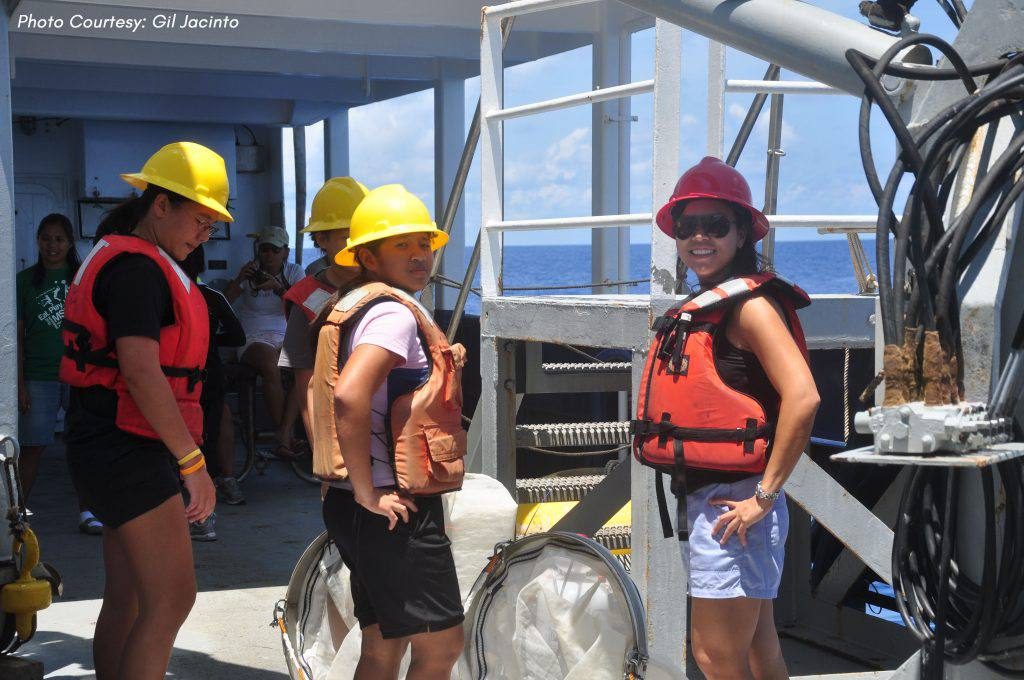
MANILA, Philippines – Inside the fish cages in the waters of Bolinao in Pangasinan province in northern Philippines is a sensor that detects basic parameters needed to determine and warn of an imminent red tide.
The low-cost water quality sensor, developed by Giovanni Tapang of the National Institute of Physics in partnership with the University of the Philippines Marine Science Institute (UP MSI), measures water temperature and levels of salinity, pH, oxygen, and chlorophyll.
The data is then fed to the Harmful Algal Blooms Observing System, or HABHub (a play on the words pancit habhab, the noodle dish of Quezon province), a digital database and early warning system for toxic algal bloom, commonly known as red tide.
At the helm of HABHub is marine scientist Dr. Aletta Yñiguez. It was started in 2018 through the support of the Department of Science and Technology (DOST), the Bureau of Fisheries and Aquatic Resources (BFAR), the academe, and local governments.
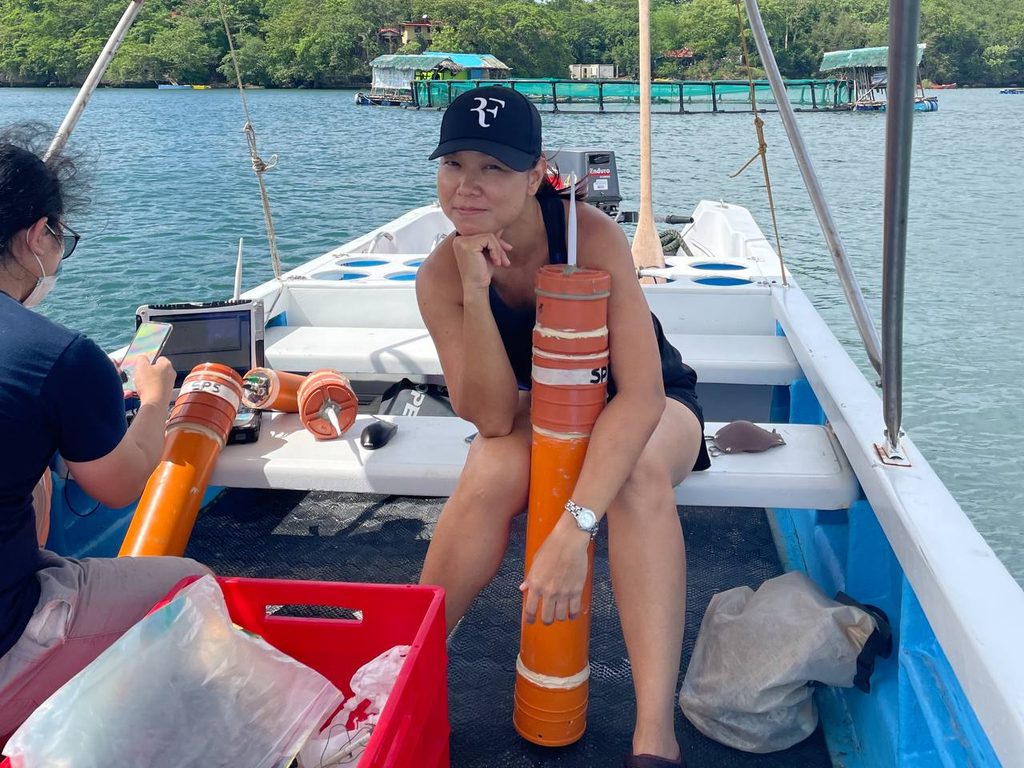
Yñiguez told Rappler in an interview that she has always been interested in the “patterns that make up ecosystems.” She shared that one of the reasons that pushed her to pursue marine science years ago was seeing coral reefs’ changing appearance under the sea due to the light and waves.
Yñiguez’ areas of interests include marine ecology, biological oceanography, and ecological modeling. She married these fields when she led the creation of HABHub, which integrates data from sensors at sea to show real-time ocean status.
This information may be used to forecast changes in sea conditions, like harmful algal blooms (HAB), and then promptly warn the concerned community.
Red tide is a type of HAB. These blooms are caused when algae, such as phytoplankton, grow out of control and generate toxic effects on fish, shellfish, birds, and people. The impacts cut across the fishing industry, public health, and the environment.
In the Philippines, the first recorded HAB occurrence was in Maqueda Bay, Samar, in 1983. However, there are anecdotes of HABs detected in Manila Bay as far back as 1908.
Since HABs have become regular occurrences, the BFAR dedicated a shellfish bulletin in their website to update the public on areas where shellfish tests are positive for toxic red tide. In 2020, for instance, BFAR conducted 6,603 monitoring activities through 10 HAB laboratories nationwide.
In general, monitoring the physical and chemical conditions of the oceans can lead to an understanding of how oceans are changing, especially with water pollution and a warming world.
HABHub is the first of its kind in the Philippines, said Yñiguez. She admitted that the system still has a long way to go if it wants to encompass coastal communities throughout the country.
“It’s not just the database itself, but the technology [of] having consistent, past data. I think that’s [what’s] critical,” said Yñiguez.
Science gives people choices
Fisherfolk experience red tide when they detect discoloration at sea. They know that red tide can contaminate shellfish and make them harmful to eat. Fish kills caused by red tide mean less money and less food on the table. Worse, red tide can be deadly to people.
Currently, the science of algal blooms is largely contained within academic circles. But Yñiguez said communities should know about it too since they’re the ones who directly experience the phenomenon.
“You don’t keep them ignorant about the knowledge. Allow them – whether or not they want to, that’s their choice – allow them to be able to at least engage in these kinds of discussions,” said Yñiguez in a mix of Filipino and English.
Furthermore, having an early warning system for red tide would give local governments and fishers lead time to engage in other livelihood activities or sources of income. However, Yñiguez also admitted that at present, fishers and shellfish farmers hardly have alternative choices.
For those engaged in mariculture, with an early warning, they can opt to harvest before a fish kill occurs.
Locals they have worked with in Bolinao, for example, were “very open” to HABHub, said Yñiguez.
“They were quite open to collaboration. And I think this needs to be continued. [Learn] how to really strengthen these relationships and engagements,” she said.
Lack of data
The coastal town of Bolinao has accumulated long-term datasets on the conditions of their waters because of the academe’s ongoing studies in the area. But other towns are not as lucky.
According to Yñiguez, they tried to institute HABHub in other places such as Leyte, Capiz, and Puerto Princesa. Unfortunately, many towns do not have basic data, and without data, you cannot institute a machine learning model like HABhub to gather more information.
Yñiguez saw this glaring problem that HABhub faces, especially after she finished post-graduate studies in Miami, Florida.
“I came from [doing] a PhD na ang dali ng access sa datasets sa mga online databases…nandoon na ‘yung mga models and prediction systems for the environment,” said Yñiquez. “And dito, ‘yung mga long-term and easily accessible data wala pa nga.”
(I came from doing a PhD where there’s easy access to datasets in online databases, and you already have models and prediction systems for the environment. Here, long-term and easily accessible data is still lacking.)
Since the project with the DOST on HABhub has been terminated, Yñiguez said they are looking for funding and other sources of support. At the moment, they are trying to continue what they’ve started.
Their dream is to incorporate HABhub into a larger ocean database. Offhand, Yñiguez cites Copernicus, the European Union’s earth observation program, as an example.
HABHub is only one example of how the Philippines can use technology and data to improve social and environmental conditions. Despite budget constraints and the many limitations of working with scant datasets in many areas in the country, there remains a sea of possibilities.
At the bottom of this project – and all related efforts – lies the long crusade of protecting marine ecosystems. – Rappler.com
(Editor’s note: The first update of this article misstated that the low-cost water quality sensor used to measure water conditions was also developed by the UP College of Engineering. This has been deleted.)
Add a comment
How does this make you feel?
![[OPINION] Embracing the Philippine archipelagic identity](https://www.rappler.com/tachyon/2023/11/imho.jpg?fit=449%2C449)













![[OPINION] Remembering RSP, Norman and Jessie – geoscientists for the people](https://www.rappler.com/tachyon/2024/04/raymundo-punongbayan-April-29-2024.jpg?resize=257%2C257&crop_strategy=attention)
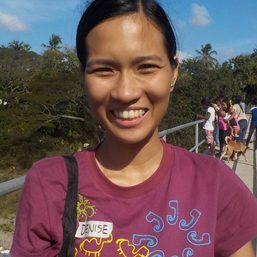








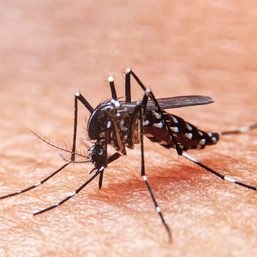
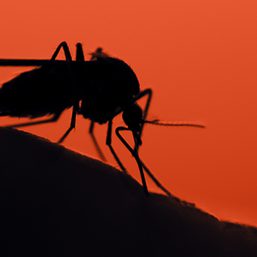




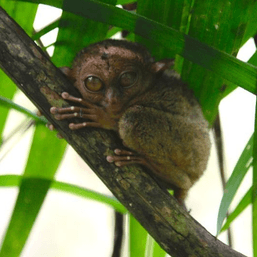
There are no comments yet. Add your comment to start the conversation.